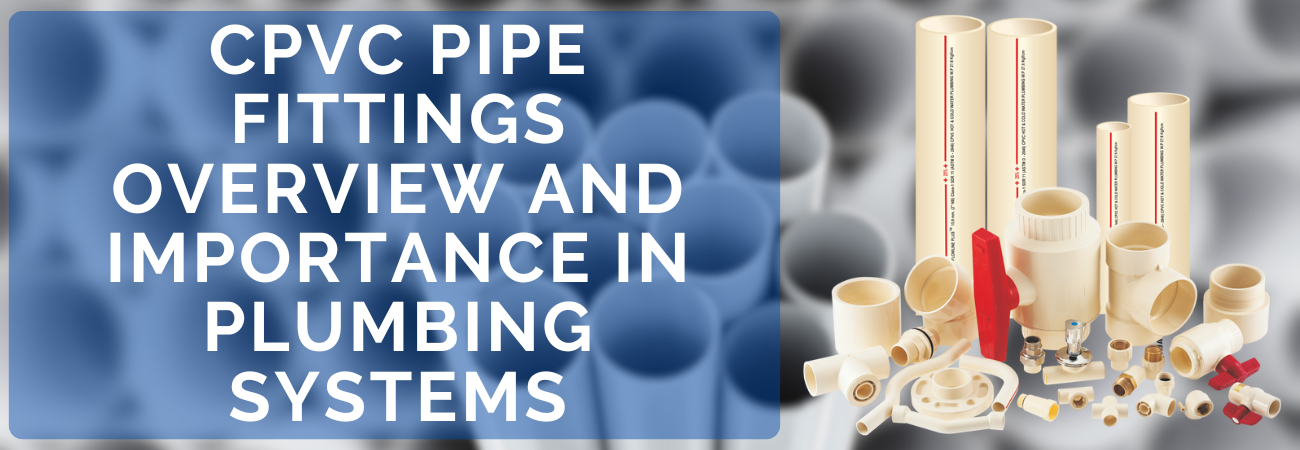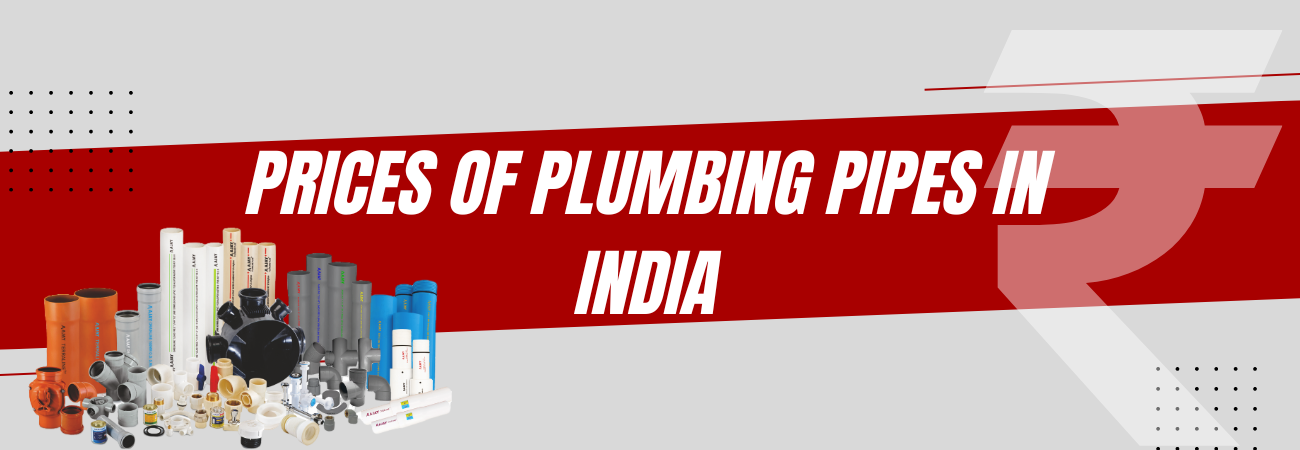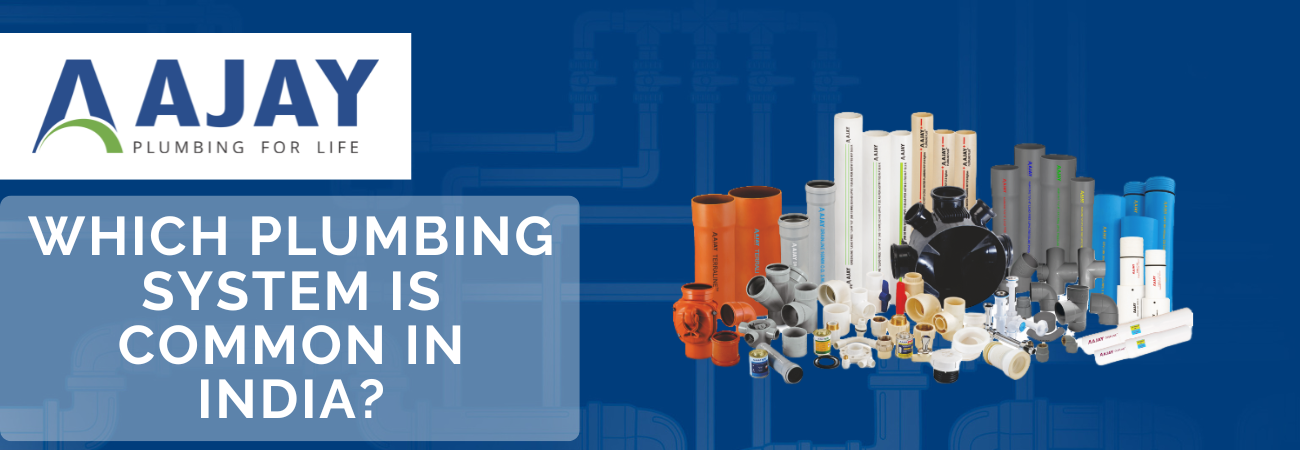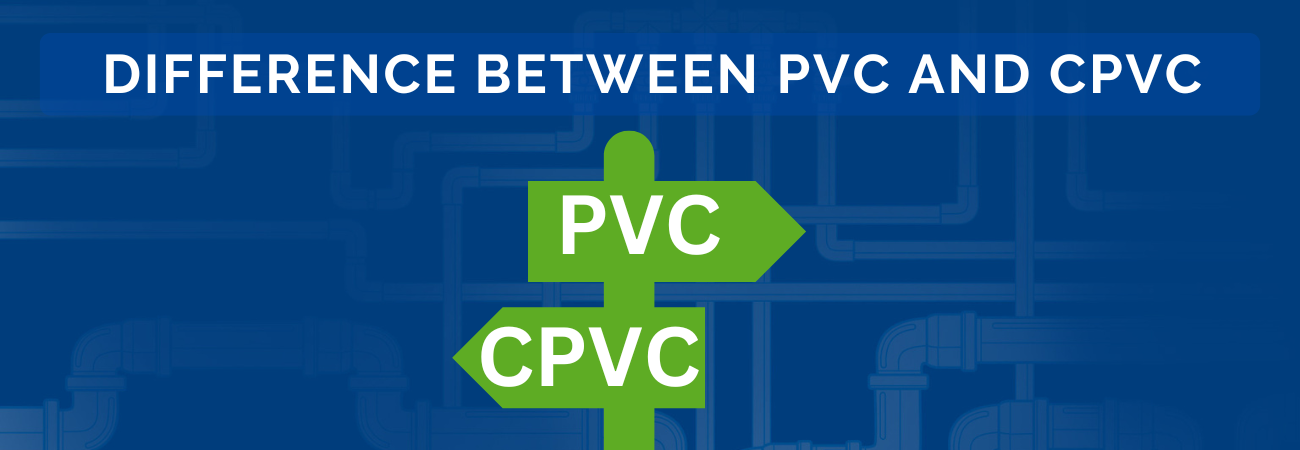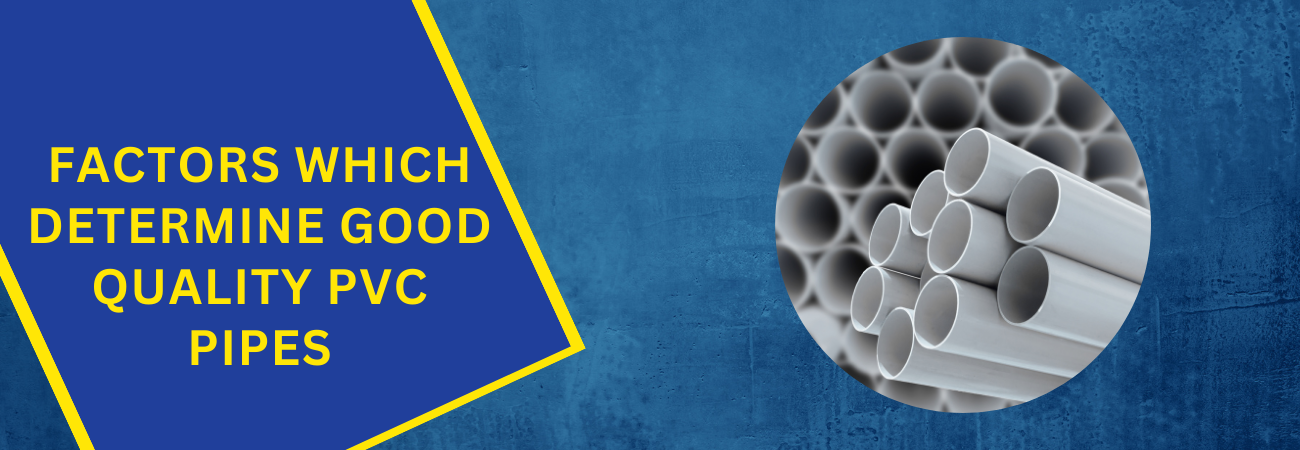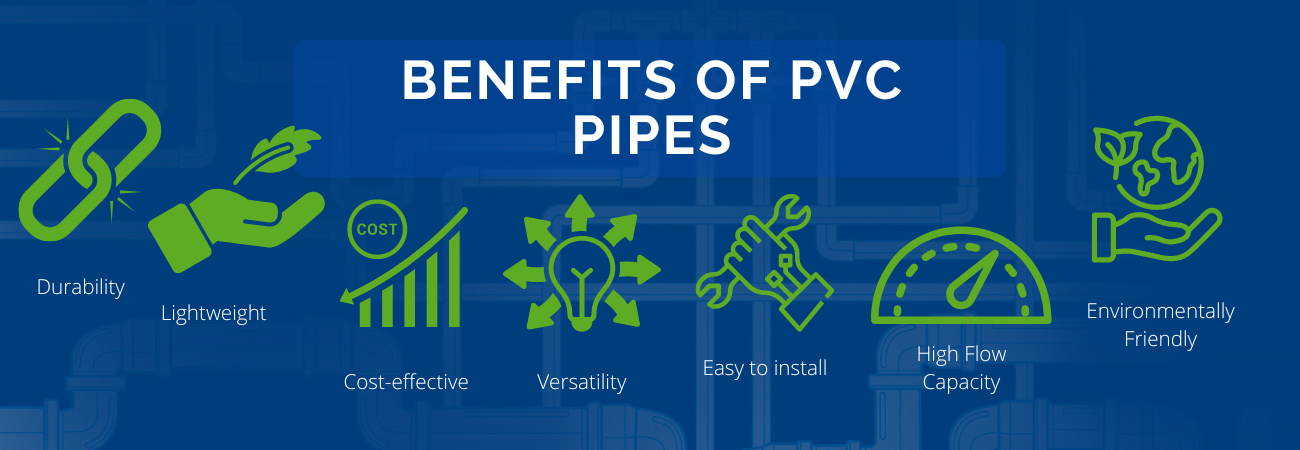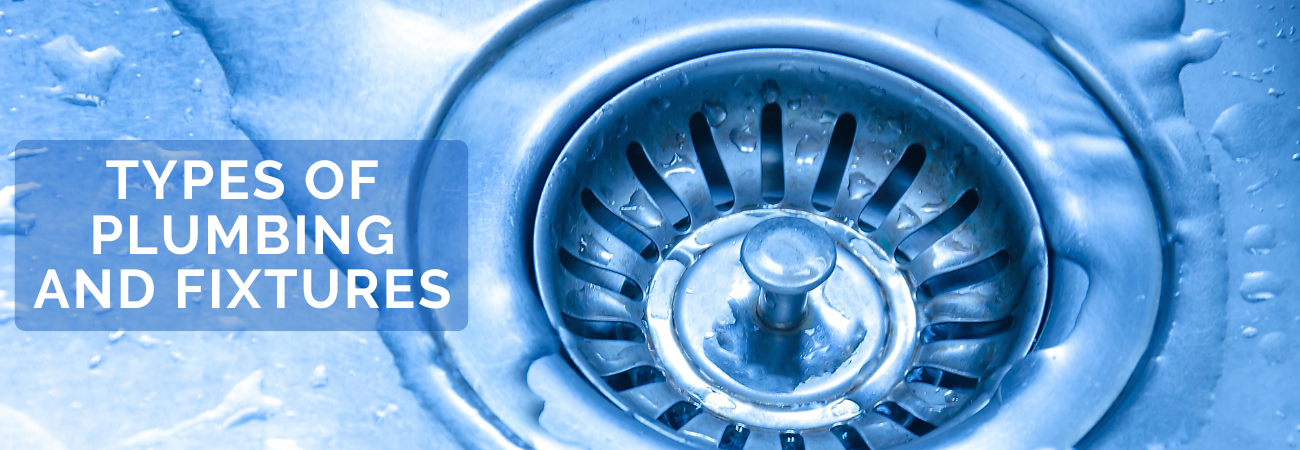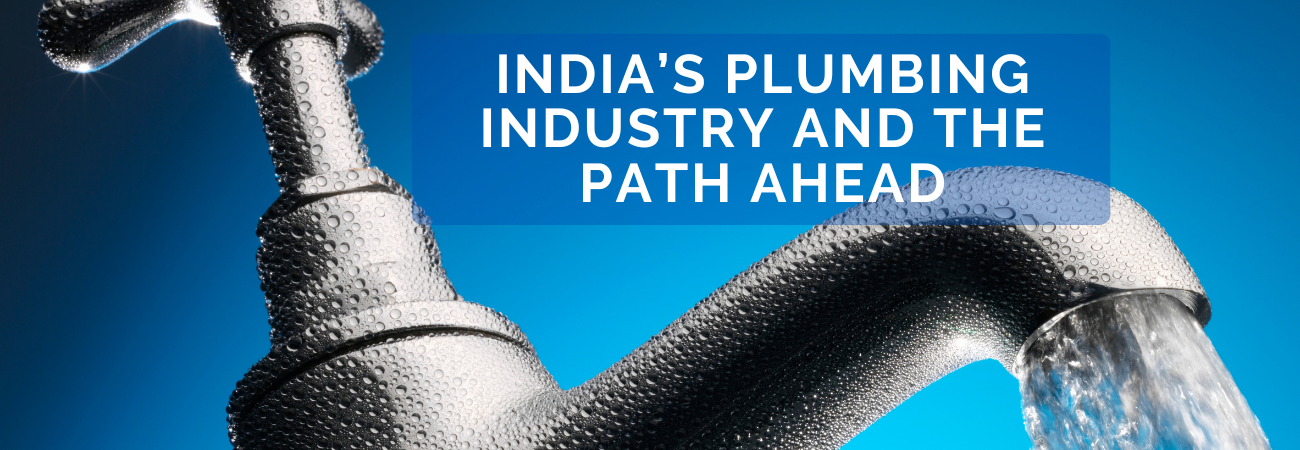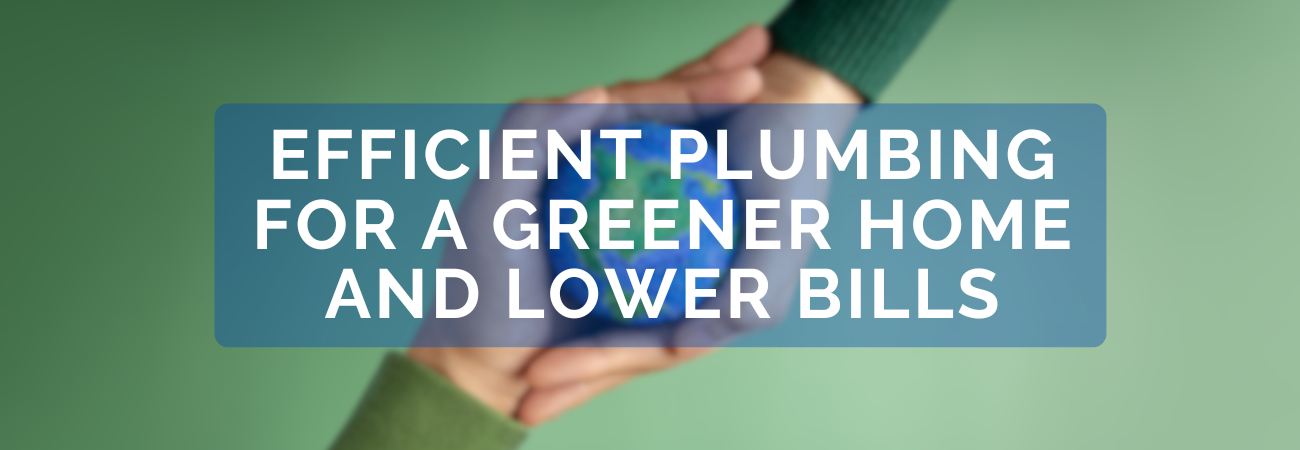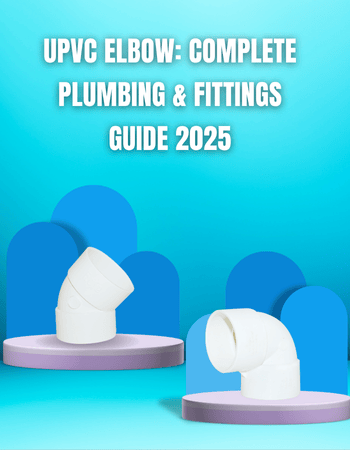
UPVC Elbow: Complete Plumbing & Fittings Guide 2025
Introduction
A UPVC elbow is a plumbing fitting designed to connect two UPVC (Unplasticized Polyvinyl Chloride) pipes at a fixed angle—commonly 90° or 45°. It plays a crucial role in pipeline systems where directional changes are needed while keeping water flow smooth and leak-free.
UPVC elbows have become an essential component in today’s plumbing systems thanks to their strength, resistance to rust, and simple installation process. From residential construction to agricultural irrigation and industrial piping, these fittings provide reliable and efficient pipeline connections.
Quick Facts:
- Material: Lead-free UPVC, safe for drinking water
- Common Angles: 90° and 45°
- Applications: Homes, agriculture, industry, and water treatment
- Compatible Fittings: UPVC coupler, UPVC reducer, elbow socket, CPVC valve
Why UPVC Elbows Are Preferred in 2025
In 2025, plumbing experts continue to recommend UPVC elbows for cold water systems because they are affordable, long-lasting, and easy to maintain.
Key Benefits:
- Corrosion Proof – No rust, scaling, or oxidation.
- Long Lifespan – Can function effectively for over 50 years.
- Smooth Water Flow – Internal smoothness minimizes pressure drop.
- Chemical Resistance – Suitable for water and many chemicals.
- Lightweight & Easy to Install – Reduces installation time and labor cost.
Types of UPVC Elbows
Different types of UPVC elbows are available based on angle, connection type, and size compatibility.
Standard Sizes and Ratings
In India, UPVC elbows are manufactured according to IS:4985 and ASTM D-1785 standards, ensuring quality and performance.
Common Sizes (mm):
20, 25, 32, 40, 50, 63, 75, 90, 110
Pressure Classes:
- Class 1 – 0.25 MPa
- Class 2 – 0.4 MPa
- Class 3 – 0.6 MPa
UPVC Elbow Installation Guide
Proper installation ensures leak-free performance and long service life.
Step-by-Step:
- Cut the Pipe – Use a pipe cutter or hacksaw for a square cut.
- Deburr and Clean – Remove sharp edges and wipe with a clean cloth.
- Dry Fit – Check alignment without adhesive.
- Apply Solvent Cement – Use UPVC-specific adhesive evenly on both surfaces.
- Join the Elbow – Push in with a slight twist to spread the cement.
- Curing Time – Let the joint set for about 10 to 15 minutes before conducting a pressure test.
Applications of UPVC Elbows
UPVC elbows are versatile and used across multiple industries.
- Residential Plumbing – Cold water supply lines
- Agriculture – Irrigation and borewell connections
- Industrial Systems – Handling non-corrosive chemicals
- Water Treatment Plants – Piping in filtration units
- Pools & Fountains – Smooth water circulation without leaks
UPVC Elbow vs CPVC Elbow – Which is Better?
Feature | UPVC Elbow | CPVC Elbow |
|---|---|---|
Temperature Limit | Up to 60°C | Up to 93°C |
Usage | Cold water, chemicals | Hot and cold water |
Cost | More economical | Slightly costlier |
Color | White/Cream | Light Yellow/Tan |
Match | UPVC valves | CPVC valve |
Maintenance Tips for UPVC Elbows
- Avoid over-tightening threaded connections.
- Inspect annually for cracks or leaks.
- Use UPVC coupler or UPVC reducer for pipe size changes.
- Store fittings in a shaded, dry area before installation.
Buying Guide – Choosing the Right UPVC Elbow
When selecting a UPVC elbow, consider:
- Pipe Diameter – Match the elbow size with your pipe.
- Angle – Choose 90° for sharp turns, 45° for smooth flow.
- Connection Type – Solvent weld or threaded.
- Pressure Class – Choose a higher class rating to handle greater water pressure.
- Brand Reputation – Stick to ISI-certified manufacturers.
Environmental Benefits of UPVC Elbows
In 2025, sustainability in construction is a priority. UPVC elbows contribute by being:
- Lead-free – Safe for drinking water.
- Recyclable – Can be repurposed after use.
- Energy-efficient Production – Lower carbon footprint compared to metal fittings.
Summary
A UPVC elbow may seem like a small fitting, but it is critical in building reliable, leak-proof, and long-lasting pipelines. Its corrosion resistance, low cost, and durability make it a top choice for cold water plumbing in 2025. By pairing UPVC elbows with compatible fittings like UPVC coupler, UPVC reducer, and CPVC valve (for hot water lines), you ensure efficiency, safety, and value in your plumbing system.
FAQ:-
It changes the direction of a pipeline without affecting water pressure or flow.
No. They are designed for cold water. Use CPVC elbows and a CPVC valve for hot water lines.
Use a reducing UPVC elbow or an UPVC reducer.
Threaded types can be reused if undamaged. Solvent-welded types are permanent.
UPVC-specific solvent cement is recommended for a leak-proof connection.
They range from 20 mm to 110 mm in diameter.
Yes, UPVC is lead-free and suitable for potable water systems.
For any queries, contact the plumbing experts at Ajay pipes on the Toll Free No. : 1800-11-4050 or via email at our email address info@ajaypipes.com




